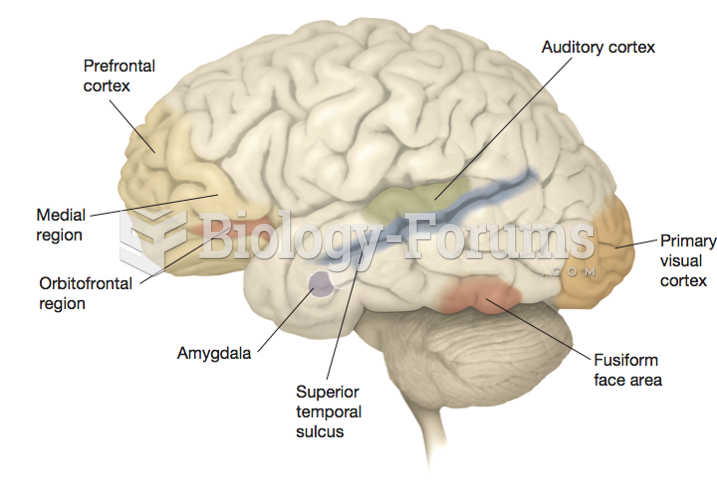|
|
|
Did you know?
The average office desk has 400 times more bacteria on it than a toilet.
Did you know?
There are more bacteria in your mouth than there are people in the world.
Did you know?
In 1886, William Bates reported on the discovery of a substance produced by the adrenal gland that turned out to be epinephrine (adrenaline). In 1904, this drug was first artificially synthesized by Friedrich Stolz.
Did you know?
Blood is approximately twice as thick as water because of the cells and other components found in it.
Did you know?
Drying your hands with a paper towel will reduce the bacterial count on your hands by 45–60%.







